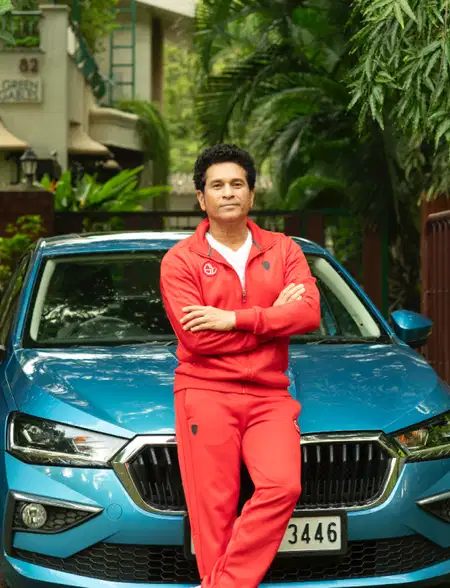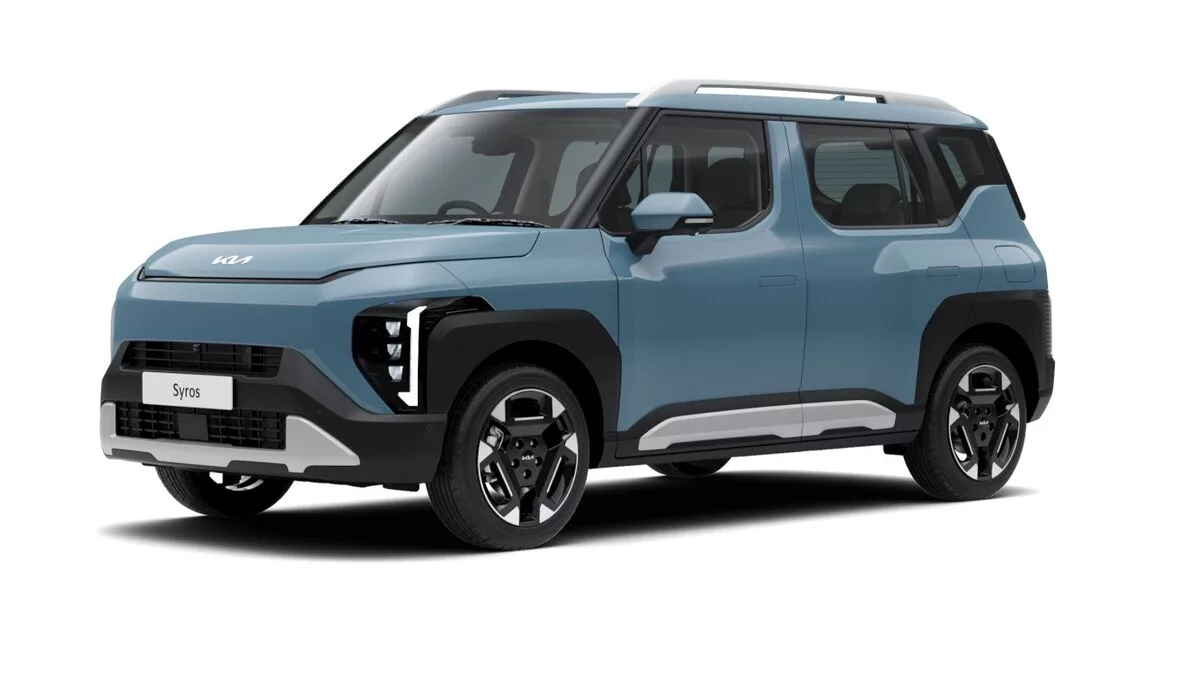Hyundai’s hydrogen fuel cell powered Hyundai Nexo will soon begin testing on Indian roads, which gives rise to speculation that it might become India’s first fuel cell vehicle. Hydrogen fuel cell powered vehicles don’t need hours of charging like conventional EVs. Instead they can be filled with hydrogen fuel in a matter of minutes, just like ICE vehicles, and be ready to go.
How does a hydrogen fuel cell work?
Hydrogen fuel cells generate electricity using a chemical reaction that requires oxygen and hydrogen. This chemical reaction occurs on the two electrodes present in the cell – anode and cathode. During the reaction hydrogen molecules are separated into protons and electrons. The negatively charged electrons go to the cathode through an external circuit that creates electricity. This electricity is used to run the motor and perform other tasks in the vehicle.
The greatest advantage of using hydrogen fuel cells is that the end waste product is water and warm air. Since hydrogen is available abundantly, using hydrogen as a fuel will be favorable to the environment.
The only cause of concern for a hydrogen fuel cell is its availability and infrastructure for it to sustain. While countries such as the US and China lead the market in use of hydrogen fuel cells, there remains much to attain globally. In India, Indian Oil, the country’s largest refiner has shown interest in investing in fuel cell technology, so maybe in the near future we might see fuel cell cars down the road.
Hyundai Nexo

The Nexo has a conventional SUV attire but in an electric sort of way that can be seen in the sleek lines and the flowy design of the front hood and features an all-black grille with triangular design patterns. The DRLs of the Nexo are sleek and give the Nexo an aggressive look, while the triangular headlamp is housed in the bumper. The side profile of the Nexo is flowy and smooth, while the triangle design theme can also be seen in rear lights that have a split architecture.

The interior of the Nexo is plush; it features a 7-inch fully digital instrument cluster and a 12-inch navigation touchscreen that also doubles up as an infotainment display. A bridge type central console gives easy access to buttons and drive modes.

The Hyundai Nexo is powered by a 95 kW hydrogen fuel cell mated to a 40 kW battery that sends power to an electric motor. The motor churns 160 BHP of power and 400 Nm of torque. Three fuel tanks onboard the Nexo can store 156 litres of hydrogen through which it can deliver an impressive driving range of 666 km (WLTP) and a top speed of 179 km/hr in 9.2 seconds.
Hyundai Nexo Features
- Wide Sunroof
- Powered tailgate
- Auto Flush door handle
- Hidden rear wiper
- D-pillar air tunnel
- 7-inch fully digital instrument cluster
- 12.3 inch navigation display
- Bridge type centre console




